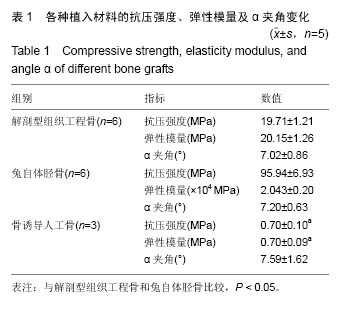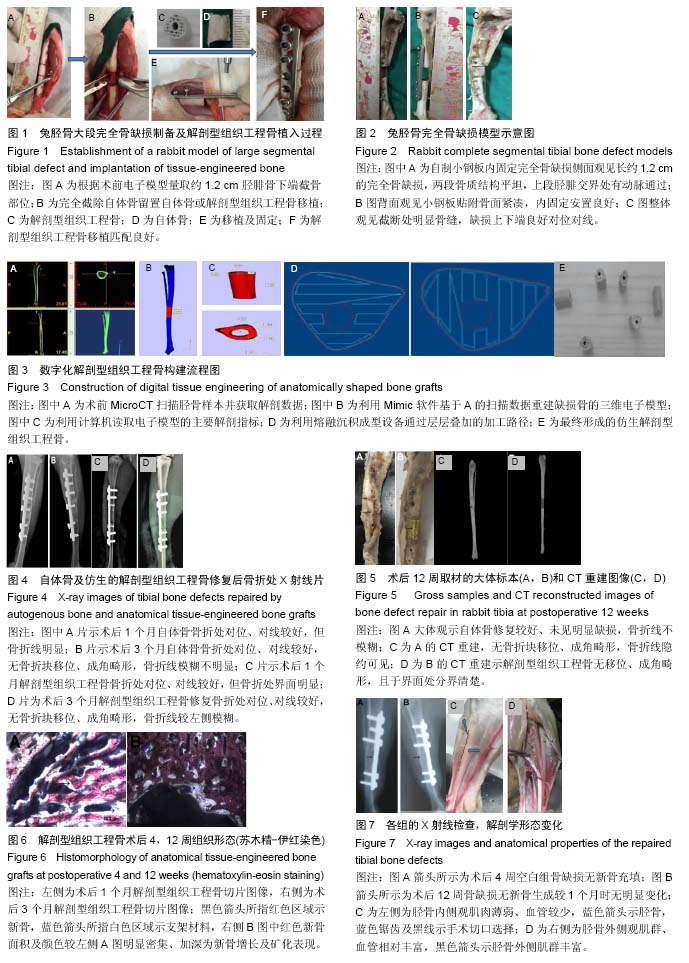| [1] Cao L, Wang J, Hou J, et al. Vascularization and bone regeneration in a critical sized defect using 2-N, 6-O-sulfated chitosan nanoparticles incorporating BMP-2. Biomaterials. 2014;35(2):684-698.
[2] Bodde EW, Spauwen PH, Mikos AG, et al. Closing capacity of segmental radius defects in rabbits. J Biomed Mater Res A. 2008;85(1):206-217.
[3] Zhou J, Lin H, Fang T, et al. The repair of large segmental bone defects in the rabbit with vascularized tissue engineered bone. Biomaterials. 2010;31(6): 1171-1179.
[4] Xu N, Ye X, Wei D, et al. 3D artificial bones for bone repair prepared by computed tomography-guided fused deposition modeling for bone repair. ACS Appl Mater Interfaces. 2014;6(17):14952-14963.
[5] Pearce AI, Richards RG, Milz S, et al. Animal models for implant biomaterial research in bone: a review. Eur Cell Mater. 2007;13:1-10.
[6] Reichert JC, Saifzadeh S, Wullschleger ME, et al. The challenge of establishing preclinical models for segmental bone defect research. Biomaterials. 2009. 30(12):2149-2163.
[7] Diab T, Pritchard EM, Uhrig BA, et al. A silk hydrogel- based delivery system of bone morphogenetic protein for the treatment of large bone defects. J Mech Behav Biomed Mater. 2012;11:123-131.
[8] Liu T, Wu G, Wismeijer D, et al. Deproteinized bovine bone functionalized with the slow delivery of BMP-2 for the repair of critical-sized bone defects in sheep. Bone. 2013;56(1):110-118.
[9] Yasuda H, Yano K, Wakitani S, et al. Repair of critical long bone defects using frozen bone allografts coated with an rhBMP-2-retaining paste. J Orthop Sci. 2012; 17(3):299-307.
[10] Amorosa LF, Lee CH, Aydemir AB, et al. Physiologic load-bearing characteristics of autografts, allografts, and polymer-based scaffolds in a critical sized segmental defect of long bone: an experimental study. Int J Nanomedicine. 2013;8:1637-1643.
[11] Harris JS, Bemenderfer TB, Wessel AR, et al. A review of mouse critical size defect models in weight bearing bones. Bone. 2013;55(1):241-247.
[12] Reichert JC, Saifzadeh S, Wullschleger ME, et al. The challenge of establishing preclinical models for segmental bone defect research. Biomaterials. 2009; 30(12):2149-2163.
[13] Horner EA, Kirkham J, Wood D, et al. Long bone defect models for tissue engineering applications: criteria for choice. Tissue Eng Part B Rev. 2010; 16(2):263-271.
[14] Pilia M, Guda T, Appleford M. Development of composite scaffolds for load-bearing segmental bone defects. Biomed Res Int. 2013;2013:458253.
[15] Kolk A, Handschel J, Drescher W, et al. Current trends and future perspectives of bone substitute materials-from space holders to innovative biomaterials. J Craniomaxillofac Surg. 2012;40(8): 706-718. |
.jpg)


.jpg)